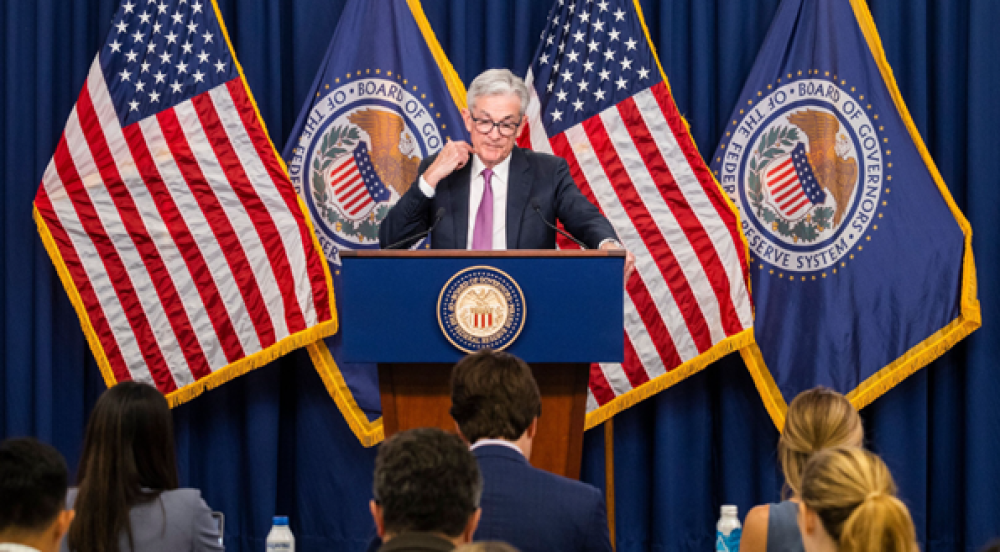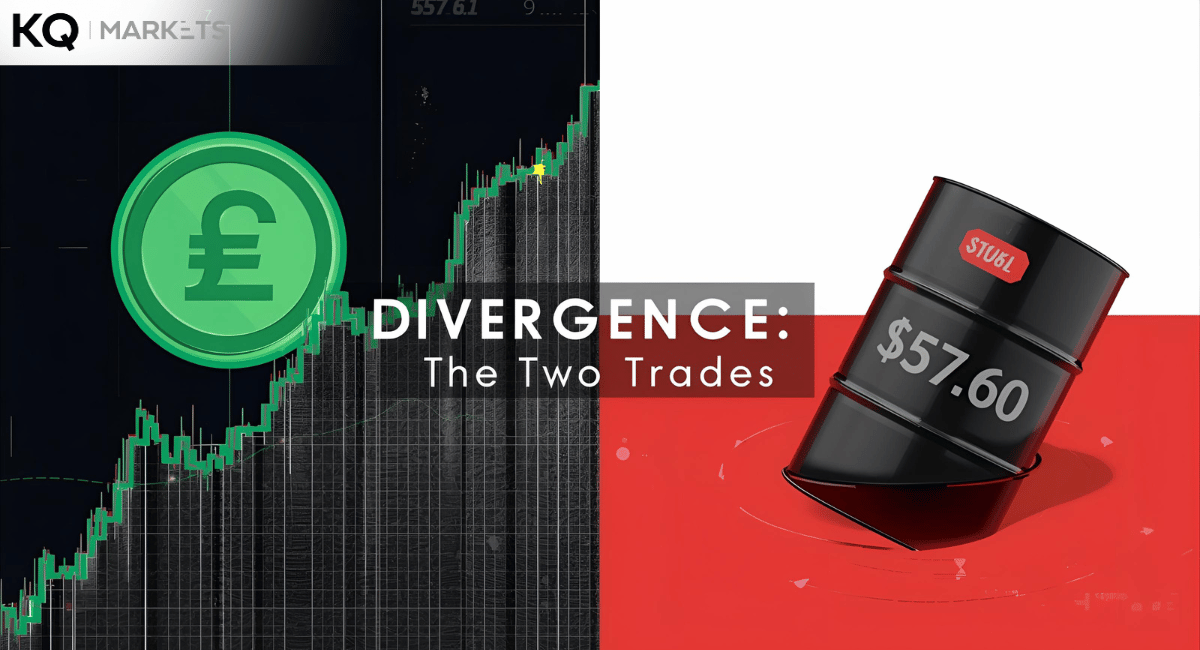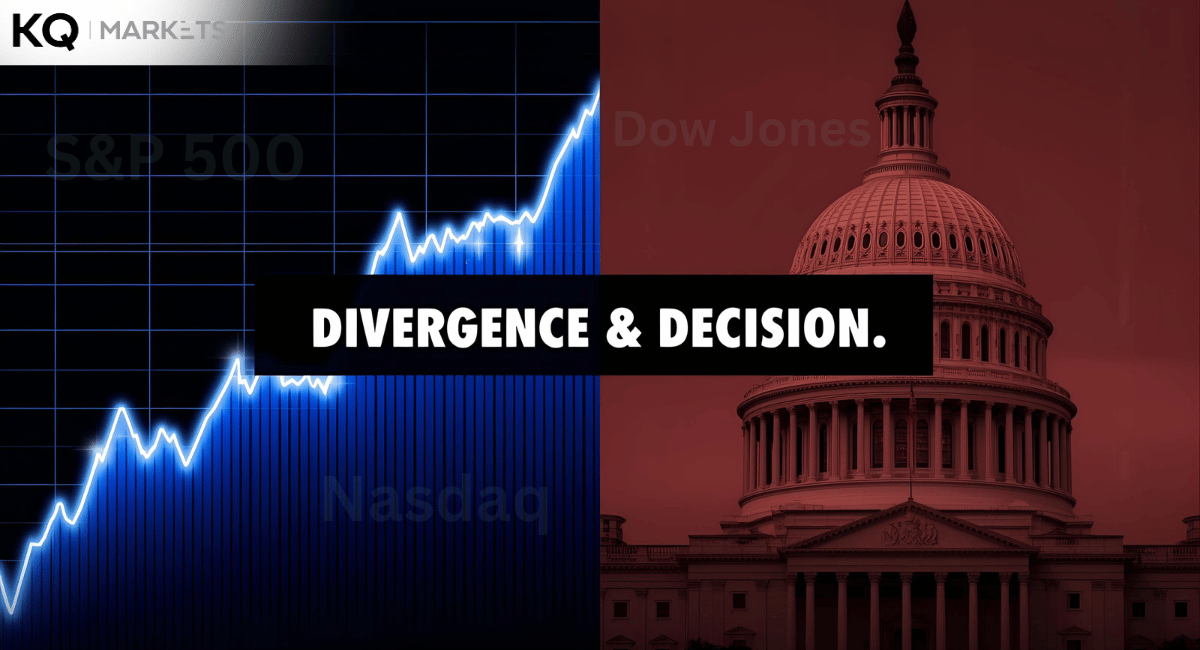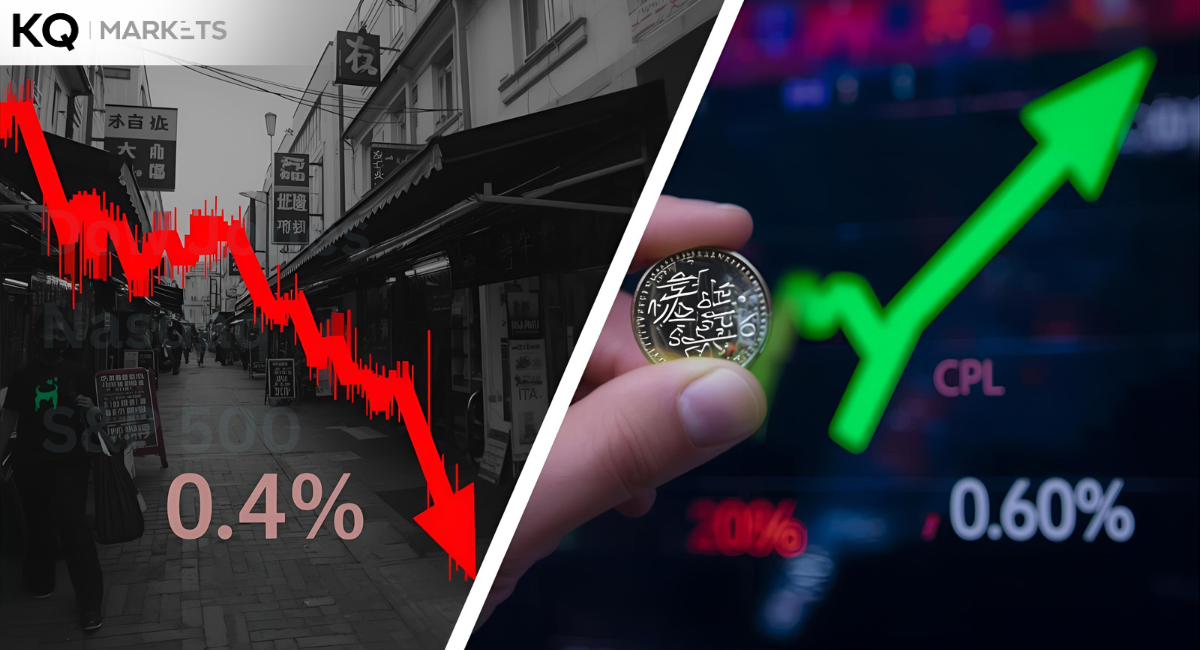The Federal Reserve remains dedicated to fighting inflation by imposing aggressive interest rate hikes. Yet, experts are concerned that the borrowing cost hikes might result in inevitable pain for businesses and households worldwide. The Fed raised the borrowing costs last week Wednesday. This update comes following the US central bank raising interest rates by 0.75 percentage basis points.
The bank also announced new economic projections indicating a substantial economic slowdown in late 2022 through 2023. Hence, the Fed is concerned most households globally are suffering a record-high level of inflation, and the pressure might persist if it backs down on its plan to raise borrowing costs. The recent rate hike marks the third 0.75 basis point hike and the fifth hike in a year.
Overall, the Federal Reserve is determined to push the borrowing costs beyond the ‘neutral zone of about 2.5%. In this zone, rates do not juice or slow the economy into a ‘restrictive zone’ that might dampen consumer demand. The Fed benchmark interest rate is about 3% to 3.25%. Experts expect it to cross the 4% mark by the end of 2022, where it will hit the restrictive zone.
The borrowing costs rate does not directly control loans and mortgage rates but impacts how financial institutions like banks pay to borrow. Hence, it determines the broad loan pricing. Powel explained that the Federal Reserve is not near the optimal policy target. Thus, they will not hold back on raising interest rates. Yet, the housing market that is very sensitive to interest rate hikes showcases that the approach is bearing results.
Generally, mortgages have considerably increased in the past months, and the recent announcement might even increase mortgage rates further. For instance, the interest for the 30-year fixed mortgage spiked by 6% for the first time since 2012. For that reason, market analysts and Fed watchers are wary of what the latest economic projection represents. The Fed economic projection was at 1.7% in June 2022 but plunged by 0.2% in September.
Experts are concerned that the inflation rate will retain its record-high levels throughout 2022. On the other hand, the Federal Reserve inflation rate gauge has dropped from 6.3% in July to 5.4% in September. Thus, the Fed presumes a one-half basis point interest hike in the final two months of 2022 and a 0.75 basis point hike in the October announcement. Above all, they predict further rate hikes in 2023 before slowing it in 2024. All in all, the Fed officials will make the final announcements during their next meeting.





